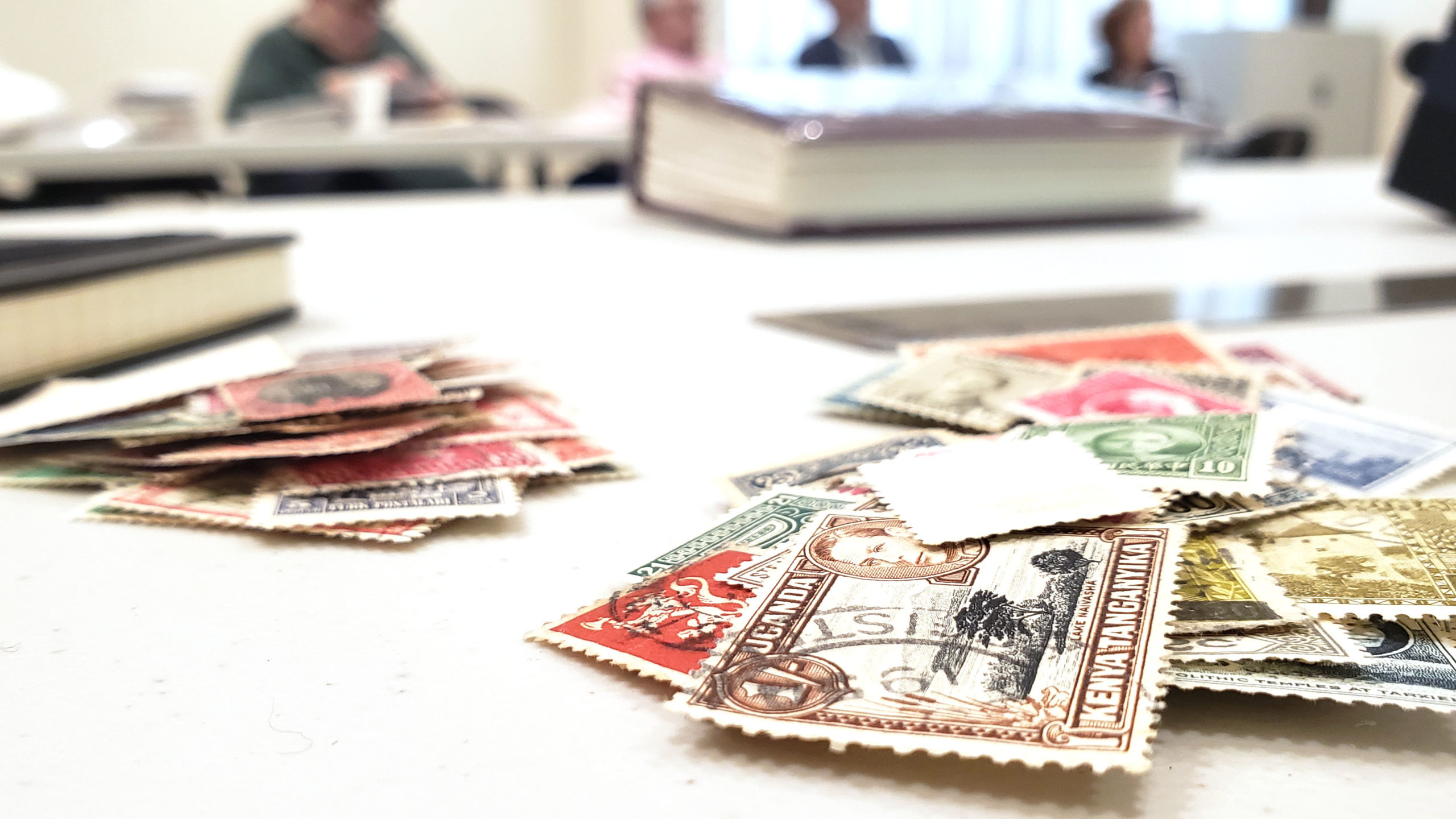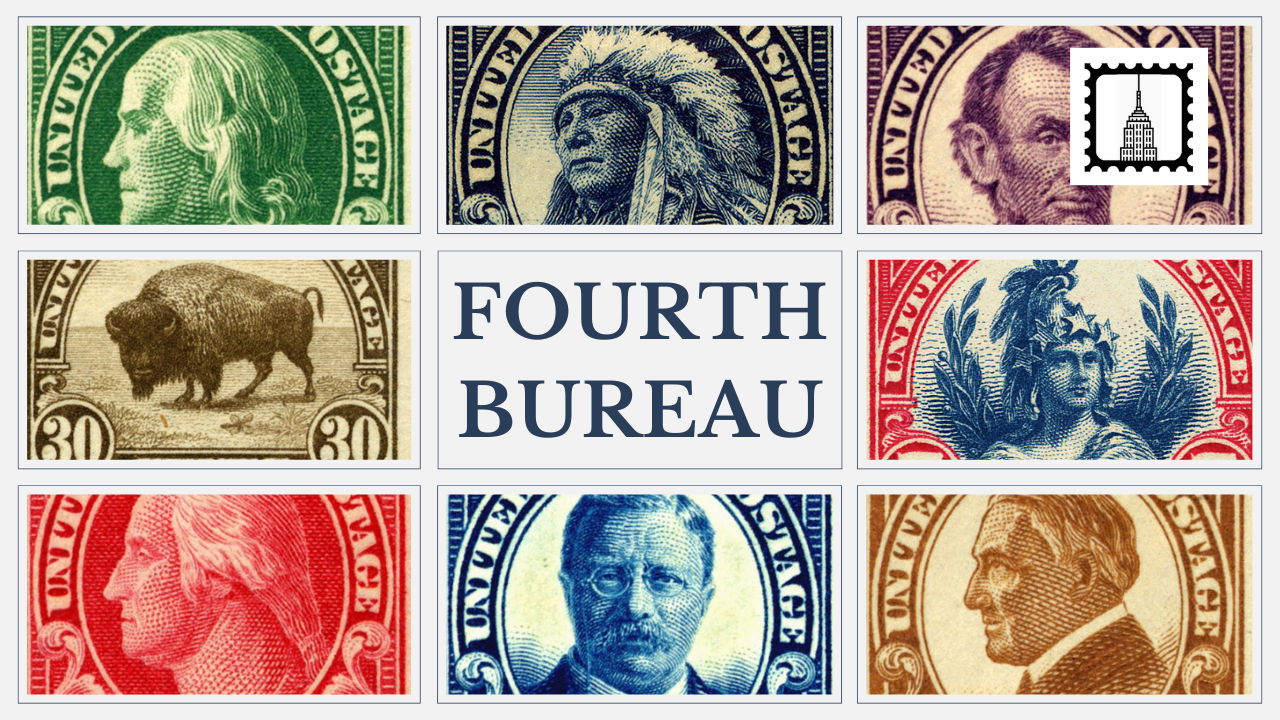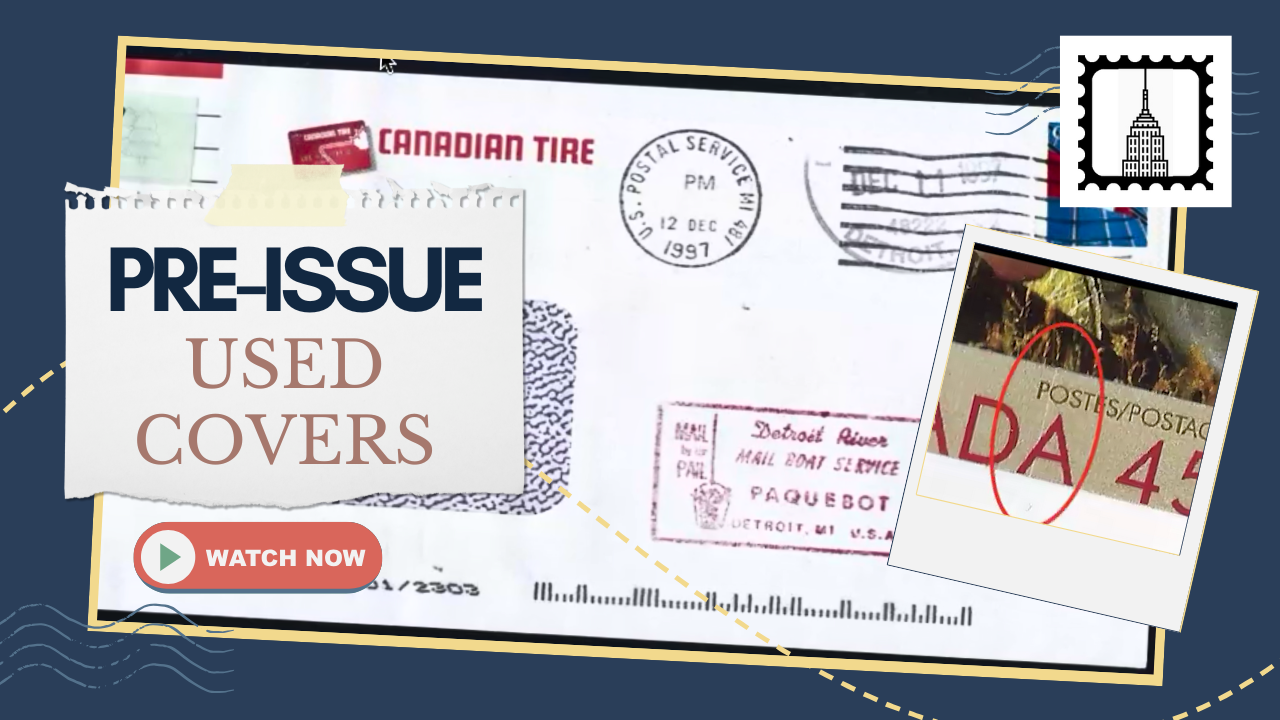Philately is full of hidden gems, and one of the most intriguing stories comes from the tiny island of Reunion, a French colony in the Indian Ocean. Edward Grabowski’s presentation sheds light on a little-known postal phenomenon from the turn of the 20th century, when a shortage of regular postage stamps led to the temporary use of postage due stamps for local mail. This brief but captivating period lasted from December 31, 1900, to January 20, 1901, and has become a highly sought-after chapter for collectors worldwide. Here’s a deep dive into this unique postal oddity and the stamps that played a crucial role in it.
The Shortage and an Unusual Solution
On December 31, 1900, Reunion’s local postmaster faced a dilemma: the island had run out of low-value postage stamps used for local mail. With no immediate resupply available, the postmaster authorized an unusual solution—using postage due stamps to cover local mail postage. This decree allowed for the postage due stamps to serve a dual purpose temporarily. However, the authorization came with a caveat: a manuscript notation was required on any letter using these stamps, a process that quickly proved confusing for many due to its poor drafting and complexity.
Despite the confusion, this solution allowed local mail to keep moving, with the decree only valid until January 20, 1901, when new supplies of the standard French colonial “group type” stamps were expected to arrive. These group type stamps were widely used across all French colonies, making them a staple of French colonial postal history.
The Group Type Stamps: A Colonial Icon
Before delving further into the postage due issue, it’s important to understand the regular stamps that were supposed to be in use at the time. These were the “group type” stamps, which depicted an allegorical figure symbolizing France and its colonies. They were issued from 1892 to 1915 across 29 French colonial territories, with values ranging from 1 centime to 1 franc, and sometimes even 5 francs in certain regions. These stamps were printed in two runs: first, the value was assigned, and then the name of the colony was added during a second printing process.
Collectors like Grabowski spent years hunting down group type stamps from across French territories, building comprehensive collections that spanned multiple colonies. But the postage shortage in Reunion presented a different kind of collecting challenge—and opportunity.
A Three-Week Period of Philatelic History
During the three-week period when postage due stamps were used in place of regular stamps, only local mail within Reunion was affected. The decree led to about 50 to 60 known covers, of which Grabowski owned around 30. These covers, bearing handwritten endorsements by the postmaster, are now highly prized for their rarity and historical significance.
Grabowski highlighted several of the most important examples from his collection during his presentation. The earliest cover in his possession was dated January 2, 1901, and featured a 5 centime printed matter rate, typically used for greeting cards during the New Year period. One particularly rare item was a cover with a declared value of 1,500 French francs, posted from Saint-Denis on January 7, 1901. This letter featured a mix of group type and postage due stamps to cover the required 2 francs 60 centimes rate. The use of the 2 franc postage due stamp was likely an improvised solution by a postal clerk who lacked the proper group type stamp for the letter’s value.
The Port of Reunion: A Key Postal Hub
Reunion’s geography played a significant role in its postal history. Located near the better-known British colony of Mauritius, Reunion was a critical stop for French mail packets traveling between Marseilles, Madagascar, and the Suez Canal. The island’s main port, Pointe des Galets, was the hub where all postal supplies arrived and where most outbound mail departed.
The island’s postal system extended along its coast, with small villages serviced by a rail line that connected Saint-Denis to other key locations. Post offices dotted the island, and some of the covers from this period reflect the local nature of the mail, such as one sent from a small village known as “Ten Palm”—a remarkable piece of history, as only one or two covers are known from these remote areas during the postage due shortage.
A Complex and Rare Collectible
Among the rarest of these covers is one from January 24, 1901—four days after the decree expired. The cover, sent from the remote post office of Hell-Bourg, bears postage due stamps even though the decree had officially ended. This oversight was likely due to the island’s difficult geography; Hell-Bourg, located in the mountainous center of Reunion, likely didn’t receive new supplies of stamps in time, forcing the post office to continue using postage due stamps.
This cover, marked with a “T” (for tax) and bearing the postmaster’s handwritten authorization, stands as a testament to the challenges of running a postal system in such an isolated location. For collectors, it represents one of the most significant and rarest items from this brief period.
The Legacy of Reunion’s Postage Due Period
Edward Grabowski’s 20-year effort to collect and document these rare covers is a testament to the dedication and passion of philatelists. His one-frame exhibit on this subject earned numerous awards, including a gold medal at the APS Winter Show, as well as international recognition at exhibitions in places like Singapore and Saint Pierre and Miquelon.
The story of Reunion’s postage due stamps is a reminder that even the smallest and most isolated places can produce some of the most interesting and unique philatelic stories. For collectors, these stamps offer a glimpse into the complexities of colonial postal systems, the ingenuity of local postmasters, and the lasting appeal of rare and unusual covers.






